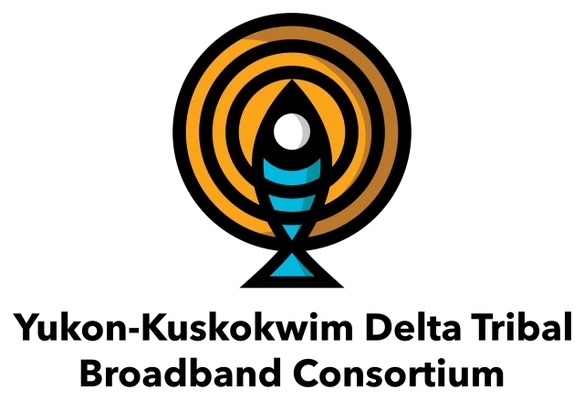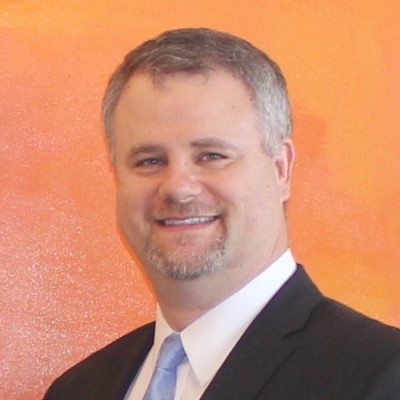Residents in the Bethel and Kusilvak census areas in southwestern Alaska pay up to $315 per month for internet through United Utilities United, and the service comes with a 100 gigabyte data cap, with overage charges of $8 per gig.

That $315 a month nets residents around 10 megabit download speeds and 2 megabit upload speeds, well short of the Federal Communications Commission’s 25/3 service requirement.
For the 56 federal tribes living within those two census areas, the lack of quality service has outright “depressed” internet use, says Kevin Hamer, general manager for the 17-member Yukon-Kuskokwim Delta Tribal Broadband Consortium.
“Not only does an area larger than the state of New York not have any broadband, but the internet it does have is very expensive, and very slow,” Hamer told Tribal Business News. “If you think about it, if your internet is expensive and costlier the more you use it, you’re not going to use it as much.”
During the height of the COVID-19 pandemic, for example, families drove kids to closed schools to pick up homework packets, then completed the work at home with no assistance or communication from teachers, Hamer said. On a 10/2 connection, pandemic-era necessities like distance learning were simply not an option in the communities.
The effect was more widespread than the schools, Hamer said. Because of slower information distribution, Bethel and Kusilvak also had double the rates of COVID infections and deaths than other census areas in Alaska.
“This is what it’s like being on the other end of the digital divide,” Hamer said. “The effect is dramatic.”
The massive gap in access for Native populations stems from a number of causes, such as operating off of poor data, backbone routing that avoids Native territories, and providers avoiding building out service to rural, low-density areas where they have low potential for return on investment.
Prior Tribal Business News reporting also chronicled how the issue has affected Natives across the country, stifling access to everything from telehealth to banking to distance learning, all of which have become crucial during the COVID-19-prompted lockdowns.
Hamer, who formerly served as the president of the Yup’ik-owned Akiak Technology LLC, has experience bringing a rural community online. In November 2021, sister company Akiak Holdings turned on low-earth orbit (LEO) satellite broadband to serve Akiak Village.
The project, with help from Anchorage-based Alaska Tribal Broadband, made use of a 2.5 ghz wireless license awarded to Akiak Village in September to distribute faster, more stable internet access at a quarter of the cost of UUU’s offering.
The YKD Broadband Consortium formed during that process in June 2021, Hamer said, as Akiak Technology realized they could use the LEO model to provide satellite broadband to the entire region. The plan, then, was to seek federal funding for getting a satellite model online as a stopgap while building out an undersea fiber network.
 Kevin Hamer, general manager of the Yukon-Kuskokwim Delta Tribal Broadband Consortium. (Courtesy photo)“We completed this study in June of last year, and we took it to our tribe. We said [the situation is] horrible, it’s bad, there is a new solution: Low earth orbit satellites can deliver broadband without huge investments in middle mile infrastructure,” Hamer said. “That day, our council approved that project and we got underway, and we became in Nov. 2021 the first broadband point in southwest Alaska.”
Kevin Hamer, general manager of the Yukon-Kuskokwim Delta Tribal Broadband Consortium. (Courtesy photo)“We completed this study in June of last year, and we took it to our tribe. We said [the situation is] horrible, it’s bad, there is a new solution: Low earth orbit satellites can deliver broadband without huge investments in middle mile infrastructure,” Hamer said. “That day, our council approved that project and we got underway, and we became in Nov. 2021 the first broadband point in southwest Alaska.”
Under the Consortium umbrella, 17 tribes applied for a $323 million grant under the National Telecommunications and Information Administration’s Tribal Broadband Connectivity Program.
That program received applications for more than $5 billion in funding for its initial $980 million in available funding, a sign of the huge demand in Indian Country for better internet access, Hamer said.
While the NTIA plans to add to the initial pot for the Tribal Broadband Connectivity Program and create a second funding opportunity using money from the November 2021 Infrastructure Investment and Jobs Act, the organization hasn’t yet specified how much will be available in the initial grant awards.
“We know it’s a big ask; we don’t expect to be awarded that full amount,” Hamer said. “But we wanted them to know that’s what it’s going to cost to get internet out here. That’s what we’re facing in trying to close this divide.”
To proceed with their plans this year and begin getting access out to some of Alaska’s most rural reaches, the consortium would need its award soon, since construction season in the state only stretches from May to September, Hamer said.
To that end, Akiak Chief and Chairman Mike Williams proposed a resolution for the National Congress of American Indians calling on the U.S. Treasury and Commerce Department to expedite awards.
That resolution, titled ECWS-22-011, was passed during the NCAI’s Executive Council Winter Session in February, calling for an “acceleration” of grant reviews concerning “critical infrastructure.”
Hamer said the consortium followed up with a letter of their own in mid March.
All of this, of course, hinges on whether the project proposal is approved at all, Hamer said. The huge demand has made that an uncertain bet.
“This is generational funding, and we are ecstatic to have it, but it’s not enough,” Hamer said. “If we don’t get these funds, we’ll miss that window for this year and it’ll be another year where our tribes don’t have any broadband. We’ve been on the other side of the digital divide for too long.”
